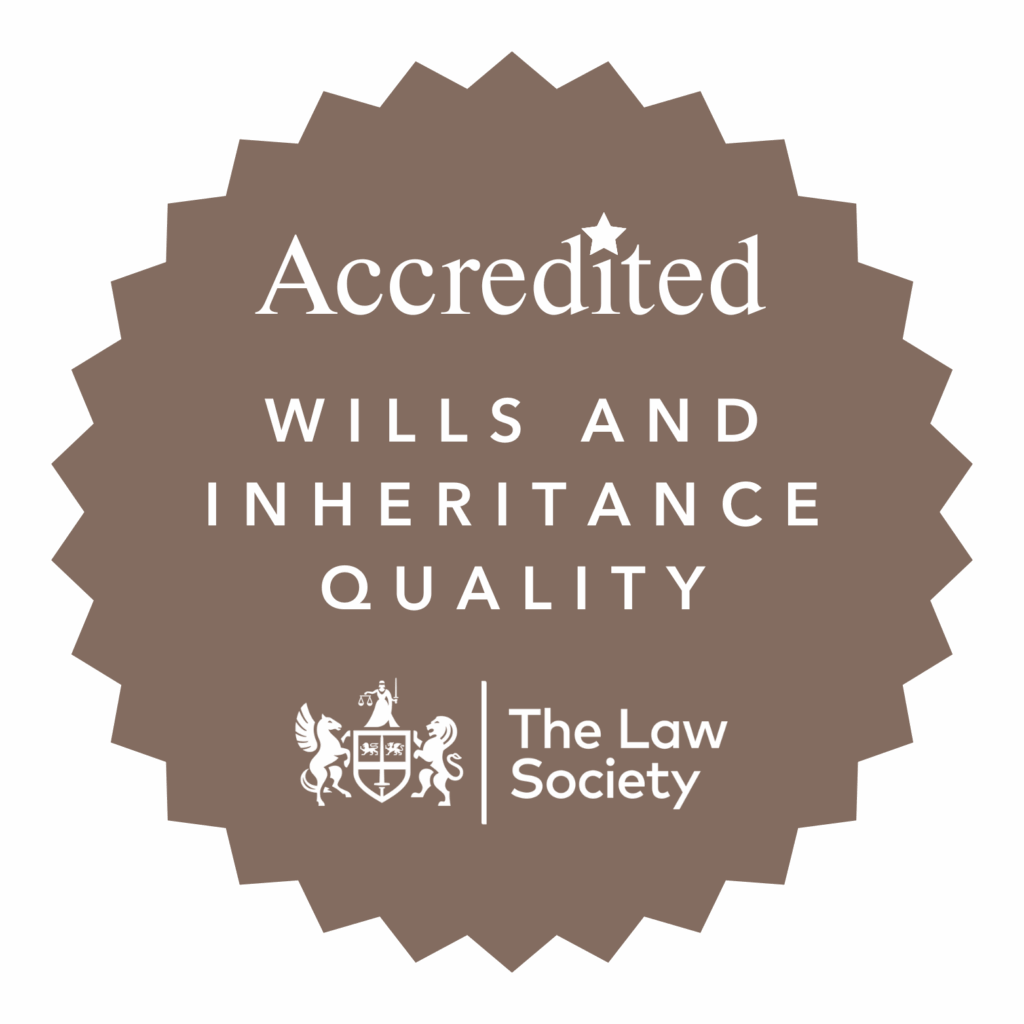The Applicant is a Chinese national who held a Biometric Residence Card (BRC) as a family member of an EEA national. The BRC card expired at the end of 2022. Both the application and the EEA national sponsor resided in the UK for 3 years until they left the UK before 31 December 2020. Neither of them was eligible for permanent residence when they left. They returned to the UK in March 2024.
Following their return, the Applicant instructed our firm to submit an application in September 2024 for pre-settled status under the EUSS (EUSS). The application was duly prepared and submitted on their behalf.
Despite the Applicant’s absence from the UK after the end of the Brexit transition period, the Home Office granted pre-settled status in February 2025.
Key Timeline Summary
| Event | Date | Notes |
| Granted BRC as EEA national’s dependent | Before Dec 2020 | Under EU free movement |
| Left the UK | Before 31 Dec 2020 | Before Brexit transition ended |
| Outside the UK. BRC card expired | December 2022 | |
| Returned to UK | March 2024 | After the EUSS deadline |
| Application for pre-settled status | Oct 2024 | After the 30 June 2021 EUSS deadline |
Legal Position
- EUSS Deadline
The EUSS closed for most new Applicants on 30 June 2021.
Applications after that date are only allowed in limited circumstances – where the person:
- Already had pre-settled status and is upgrading to settled status, or
- Has “reasonable grounds” for a late application and meets the eligibility conditions (residence before 31 December 2020).
- Continuous Residence Requirement
To qualify, the Applicant must show:
- The Applicant was resident in the UK by 31 December 2020, and
- The Applicant has maintained continuous residence since then (with absences not exceeding 6 months in any 12-month period, except for specific reasons like COVID-19, illness, etc.).
Since both left before 31 December 2020 and only returned in March 2024, their continuous residence was broken. This means:
- They no longer qualify under the EUSS, because they were not continuously resident after the transition period ended.
- BRC Status
BRCs issued under the EEA Regulations ceased to be valid after 31 December 2020 for residence rights purposes (and for travel after 30 June 2021).
So even if the card was valid physically, it no longer confers any right to re-enter or reside under the EU rules.
Surface Conclusion and Issues
The Applicant couldn’t qualify for pre-settled status under the EUSS, because:
- They left the UK before 31 December 2020,
- Their residence was not continuous, and
- They returned after the EUSS cutoff date (30 June 2021).
So in principle, someone who left before 31 Dec 2020 and returned only in 2024 should no longer meet the residence condition – their rights under the EUSS would have lapsed.
Our Submission
We focused on “reasonable grounds” for the late application and meets the eligibility conditions (residence before 31 December 2020).
Legal Submissions
- Under Appendix EU of the Immigration Rules, a family member of a relevant EEA national may be granted status if a qualifying relationship existed before 31 December 2020 and continues to exist at the time of application.
- The Applicant’s BRC (valid 2017–2022) and marriage to the EEA national confirm the existence of a qualifying relationship before the end of the transition period.
- Departure before 31 December 2020
Both the Applicant and the EEA national sponsor left the UK prior to 31 December 2020. The departure was not initially intended to be permanent but was extended due to personal, family, or other unavoidable reasons. - The Home Office’s published guidance on late applications allows for discretion where the Applicant demonstrates genuine and reasonable grounds for delay, including reliance on previous residence documents or misunderstanding of post-transition arrangements.
- The Home Office considered the application and, notwithstanding the period of absence and late submission, granted pre-settled status under the EUSS. This outcome confirms that the Home Office accepted the Applicant’s ongoing family relationship and the reasonable grounds for making a late application.
Conclusion
The Applicant has now been granted pre-settled status under the EUSS, confirming their lawful residence in the UK as the spouse of an EEA national. Although there was a significant gap in residence, the Home Office exercised discretion in recognising the Applicant’s ongoing relationship and previous lawful residence evidenced by the valid BRC.
The Applicant intends to maintain continuous residence in the UK from March 2024 onwards to meet the qualifying period for settled status in due course.
Have questions? Get in touch today!
Call our office on 020 7928 0276, we will be taking calls from 9:30am to 6:00pm.
Email us on info@lisaslaw.co.uk.
Or, use the contact form on our website. Simply enter your details and leave a message, we will get right back to you: https://lisaslaw.co.uk/contact/
For more updates, follow us on our social media platforms! You can find them all on our Linktree right here.





















